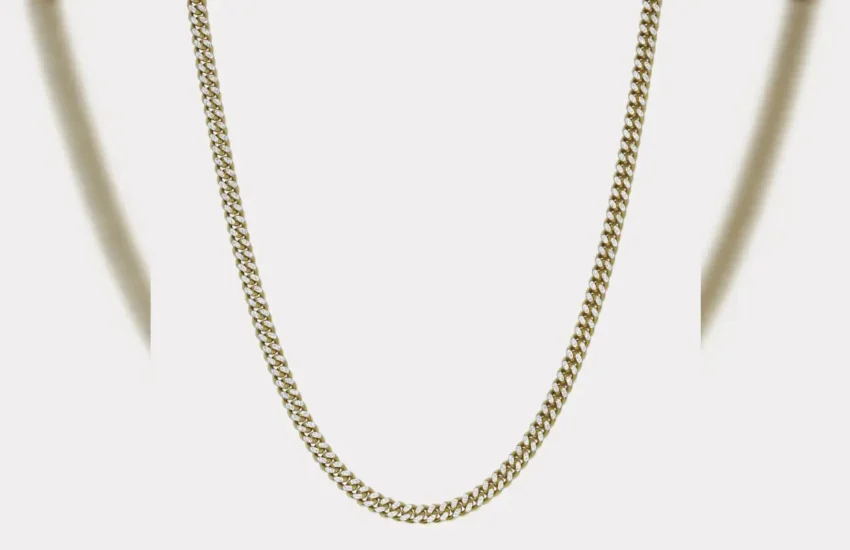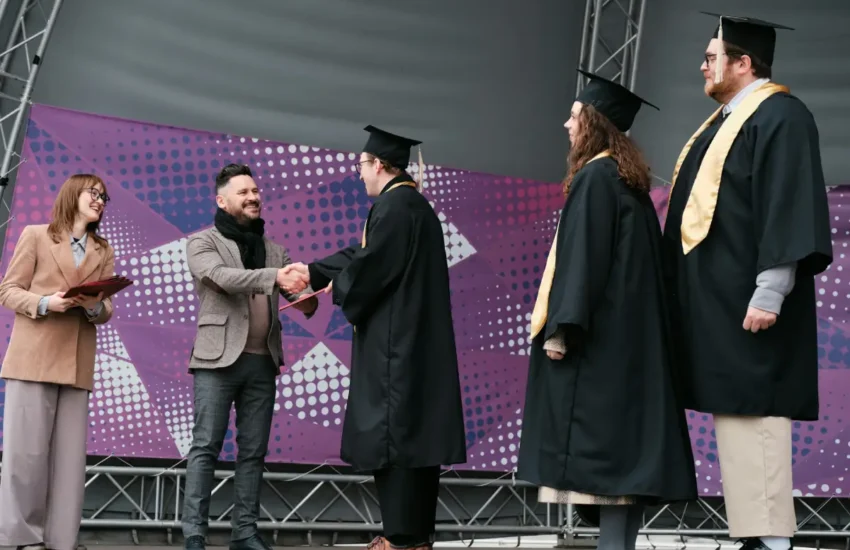The Importance of Downtime for Students
Between classes, assignments, extracurriculars, and jobs, university life keeps students busy around the clock. While academics and activities deserve focus, sufficient downtime proves equally essential for mental health. Downtime provides necessary respite from stimuli overload that enables higher quality work.
Students who neglect to build in restorative breaks experience greater anxiety, decreased motivation, and poorer performance over time. Intentionally scheduling downtime into daily and weekly routines fosters sharper focus, stronger retention, and renewed creativity on and off campus.

Unplug from Digital Devices
One significant barrier to downtime involves constant digital connectivity, especially for students. The allure of social media, texts, videos, and other online rabbit holes keeps minds perpetually distracted. Set specific periods for unplugging completely, turning off phone notifications, shutting laptops, and disconnecting WiFi to avoid web surfing temptations.
For example, adopt a “no screen hour” before bedtime, confiscate devices during study sessions, or dare yourself to spend a weekend morning tech-free. Even brief digital detoxes give frazzled minds relief while allowing activities carried out offline to feel more immersive.
Build Leisure Into the Daily Routine
Rather than assuming free time leftovers will surface randomly, purposefully scheduling leisure into daily routines ensures downtime actually happens. Review your calendar and pinpoint recurring windows best suited for rejuvenating breaks, such as early mornings, between classes, or before dinner.
Pencil in preferred activities to formally claim that time for yourself. Guard against nudging leisure aside for other pressing tasks. Approach scheduled relaxation with the same respect granted work and academics. Consistent daily downtime—even just 15-30 minutes—delivers compounding benefits over weeks.
Design a Diversified Break Menu
Downtime proves most restorative when spent on pursuits unrelated to academic demands. Rotate through a curated “menu” of preferred low-stress pastimes so leisure stays novel and appealing. For illustration, compile a list of potential options like cooking, casual sports, conversational language lessons, Sudoku puzzles, nature walks, reading fiction, live music, or woodworking.
Pull inspiration from childhood hobbies not revisited lately. Don’t overschedule every minute—leave room to wander or think. Cycle through activities so no single one feels stale or routine. Apply detached focus to fully immerse without pressure to produce or analyze. Students can also seek help for students at Academized “write my essay” service to lighten their academic load and open up more downtime.
Target Major Academic Stressors
Look closely at the academic workload for intensive courses or assignments causing excessive strain. Can you realistically schedule additional downtime surrounding stress spikes for relief? For instance, budget extra relaxation into the calendar the night before a big exam.
Plan fun weekend diversions following submittal of major term papers to unwind. Treat yourself to a massage, favorite restaurant meal, or night out with friends as a reward for weathering acute crunch periods. Counterbalancing academically demanding stretches with targeted respite aids stress management and prevents burnout.
Get Moving or Be Still
Physical movement satisfies our innate need for activity and provides opportunity to redirect attention from cognitive demands. Yet excessive motion without pause cultivates anxiety. Alternate active and passive downtime options for whole-body rejuvenation.
Active time could mean taking Fido for a walk, shooting hoops with roommates, stretching through beginner yoga videos, or busting a move to favorite tunes. Passive time might entail lounging with a cup of tea, sitting outside in quiet contemplation, taking a hot shower, or napping under a favorite tree. Movement and stillness balance each other for restored calm and focus.
Infuse Creativity Into Your Academic Life
For a refreshing change of pace from analytical coursework, inject more creativity into your studies. Use coloring books or tactile materials like clay to make visual notes instead of traditional highlighting. Draw mind maps to visualize connections between concepts. Apply visualization techniques to imagine acing an upcoming test.
Compose song parodies or mnemonic devices relating to course topics. Write a humorous short story or one-act play summarizing course events. Even microbursts of expressive output generate mental space from constant critical thinking modes, improving retention and enthusiasm.
Evaluate Time Vampires
Take inventory of unnecessary time drains pilfering space for meaningful downtime. For example, do obsessive social media scrolling or web surfing often trap you longer than intended? Do lengthy video gaming marathons leave you drained? Consider adjusting habits or settings to curb these vampires.
Unfollow accounts offering limited value, schedule site-blocking apps to limit access, or set a timer ending unproductive sessions sooner. Impose gaming time limits and checkpoints. nab small-scale victories. Be vigilant about time vampires hijacking downtime that should rejuvenate rather than zap energy. Reclaiming those hours amplifies your wellbeing. Delegating assignments to literature review writing services can also free up more downtime.
Conclusion
Students face immense pressure to utilize every available minute productively for academics and career advancement. Yet regularly interspersing downtime to rest and refocus keeps minds sharp, not sluggish. Downtime provides benefits equal to—if not greater than—constant grinding. Permit yourself permission to relax and recharge with intention. Your brain, body, and spirit will reward you with enhanced clarity and success.


